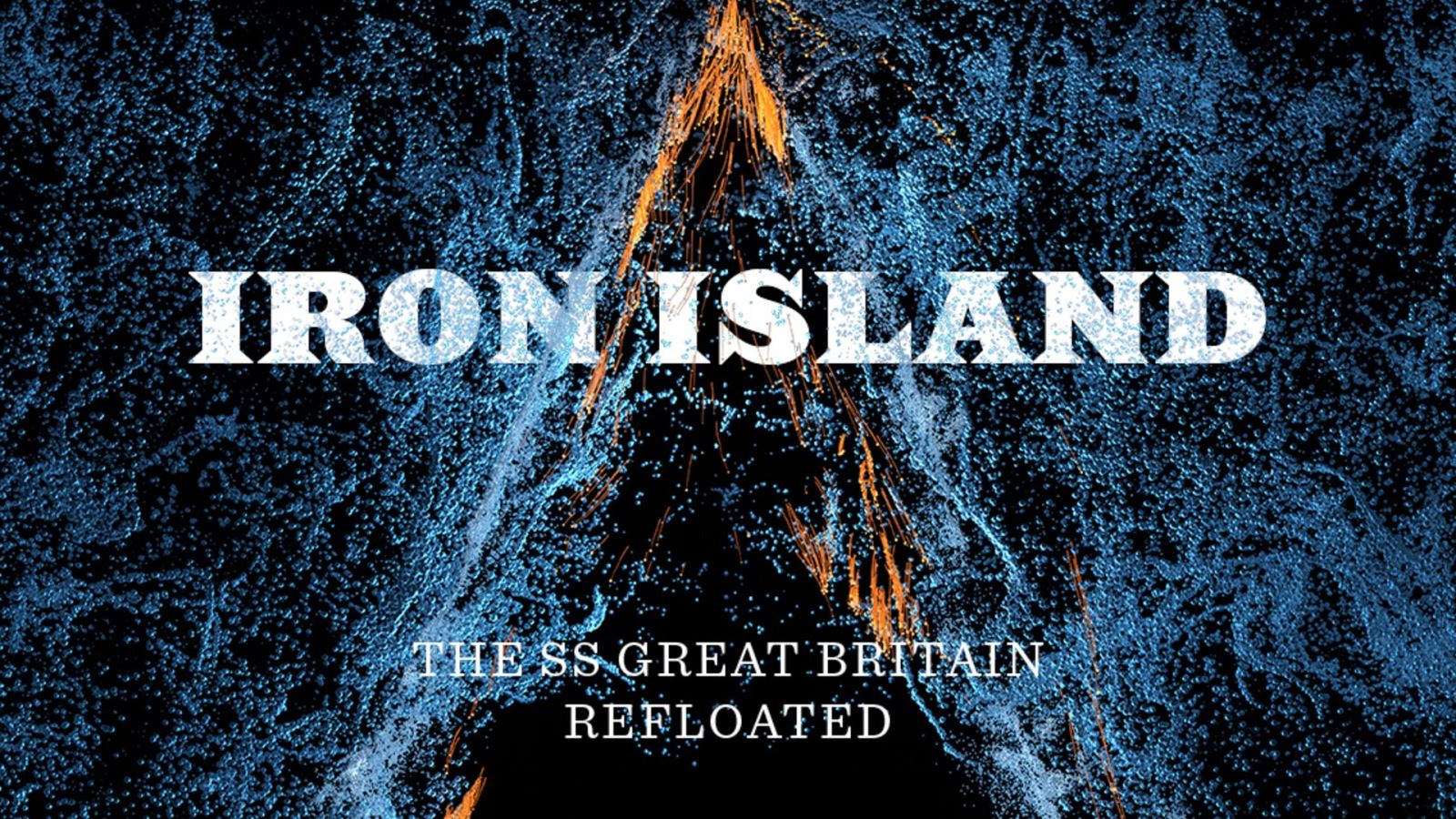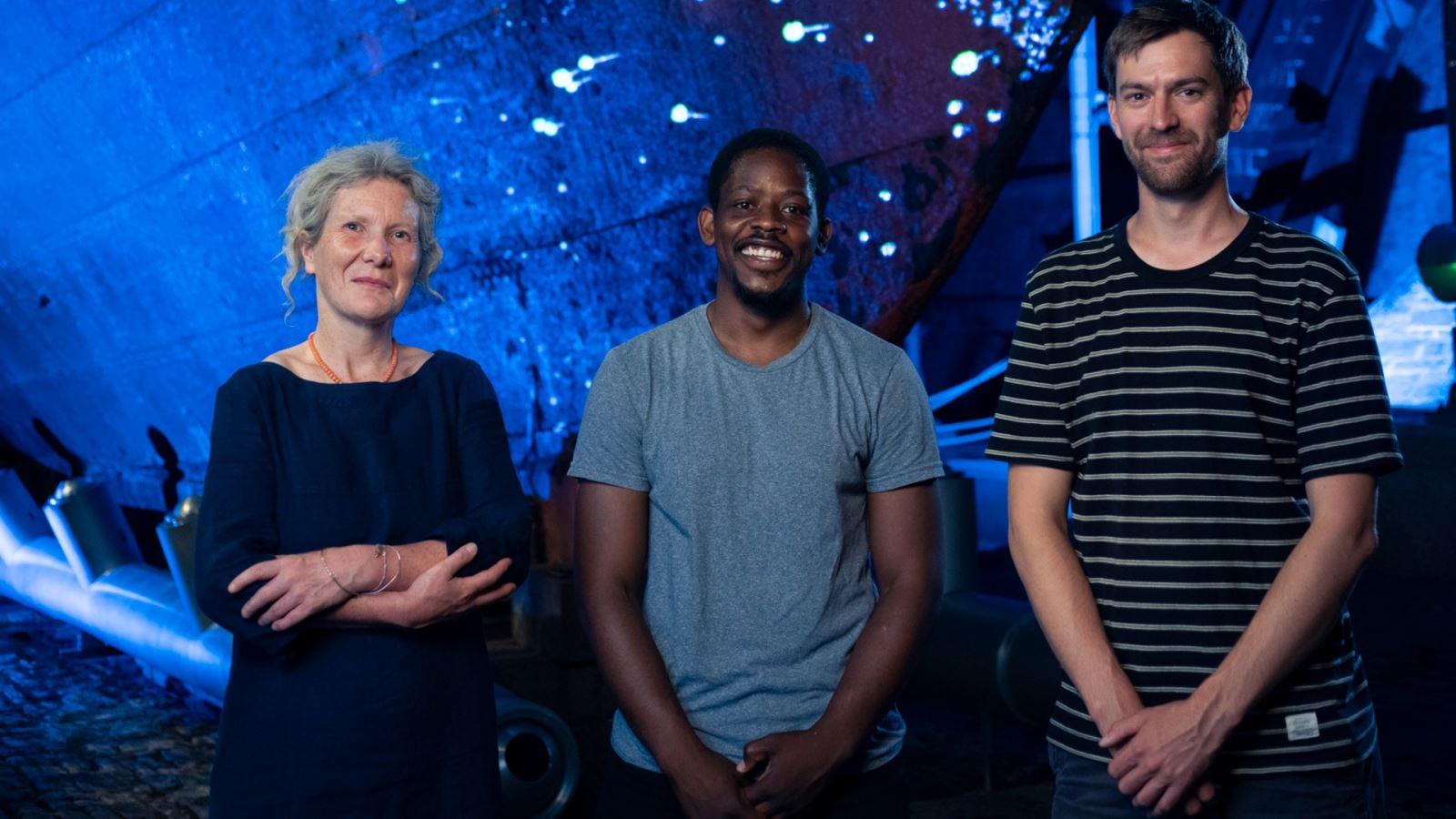Brunel’s SS Great Britain is the top-rated visitor attraction in Bristol, known for offering a fun day out for locals and tourists alike. Visitors discover two interactive museums along with the historic dockyard before stepping aboard to explore the SS Great Britain herself – the world’s first great ocean liner.

From 23 August to 19 September, however, the dramatic dry dock will take centre-stage. The cathedral-like space is where the SS Great Britain was constructed between 1839 and 1843, now covered with a “glass sea” that helps to maintain the conservation environment that protects the fragile iron hull.
The front end of the Grade II listed dry dock will be transformed into an immersive experience by award-winning multimedia design studio Limbic Cinema. It will combine projection, lighting and surround sound to transport audiences on a journey through underwater worlds.
Much of the 1,000 square metres of laminated glass overhead will be darkened, providing a truly unique space for projection-mapped imagery to emerge on the walls and the iron hull.
Speakers set within the dry dock will resonate with music and sounds of the ocean, with an original score composed by Joe Acheson (Hidden Orchestra).
Performance poet, Saili Katebe, has written a new spoken word piece for this installation, which leads the narrative. Having undertaken two residencies previously at Brunel’s SS Great Britain, Saili’s creative response explores themes of invention, discovery, migration and freedom.
Visitors will descend under the glass sea to walk around the iron hull, becoming immersed in the multisensory storytelling as they reach the bow. Set in three acts – ‘departure’, ‘storm’ and ‘icefield’ – the audience is taken on a journey that sets off across the ocean, encountering various sea life before a storm has the ship rising and falling in the waves with thunder and lightning all around. Glowing icebergs signal a more reflective pace as the ship navigates carefully through an icefield.
Events depicted through the storytelling are developed from passenger diaries, providing a real sense of revisiting the ship’s long and dramatic history.

Image: The team behind Iron Island. Left-to-right: Dr Kate Rambridge (Brunel’s SS Great Britain); Saili Katebe; Thom Buttery (Limbic Cinema).
Kate Rambridge, Head of Interpretation and Programming at Brunel’s SS Great Britain said “The SS Great Britain rests today back in her original dry dock, but she was designed for a completely different environment - the world’s oceans. In fact, this astonishing ship travelled more than a million miles at sea, and she still carries traces of salt in her iron hull. Although she’ll never sail again, digital multimedia can bring the sea back to the ship and show how she performed in that element – so that audiences can see her, once again, as resilient, graceful and dynamic.”
Thom Buttery, founder and creative director at Limbic Cinema said: “The combination of the iron hull, glass sea overhead and centuries-old brickwork make this a spectacular location acoustically and visually. Layer on the history and sense of bringing the sea back to the ship, and you capture a powerful sense of journey. Digital storytelling enables us to expand beyond the confines of the space. By augmenting the moving image with the ship itself we are able to create a real sense that the ship is in motion again.”
Saili Katebe, a writer and performer based in South West England said: “The ship carried thousands of people to America and Australia - many of them leaving home forever. She still bears the cargo of their stories – so much hope, fear and ambition. I imagined the ship as an island made of iron, something which stays strong even in the upheaval of change and challenge.”
Related
Comments
Nobody has commented on this post yet, why not send us your thoughts and be the first?













